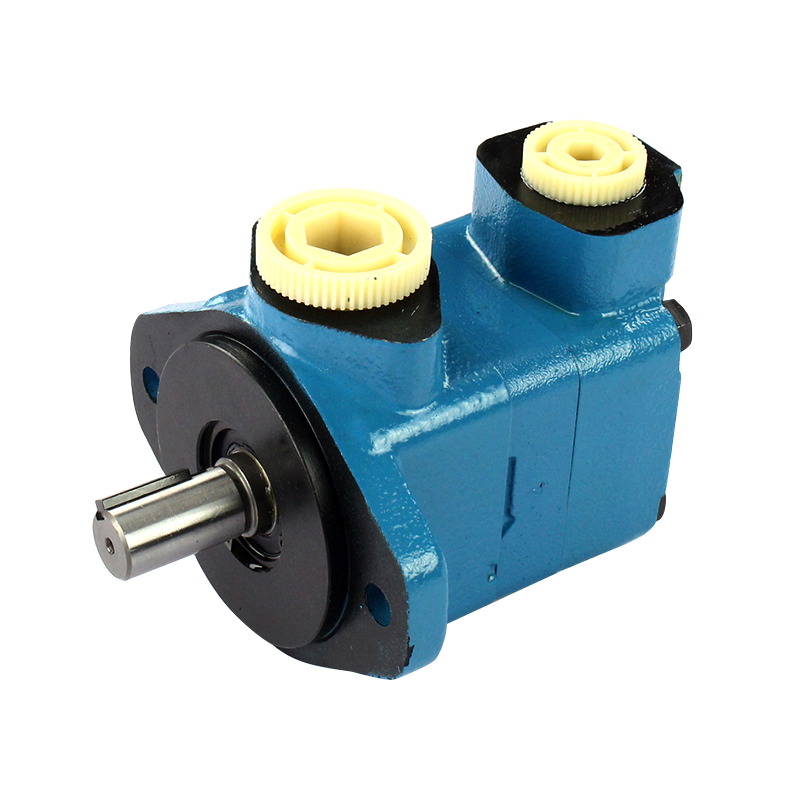1. Introduction to Steering Pumps
A steering pump is an essential component of a vehicle's hydraulic power steering system. It provides the hydraulic pressure necessary to assist the driver in turning the steering wheel, reducing the effort required for maneuvering. Without a properly functioning steering pump, steering would be heavier, especially at low speeds or when parking, making the driving experience more difficult and unsafe.
Understanding the function of a steering pump involves examining its role in hydraulic systems, its main components, and how it interacts with other parts of the steering mechanism. This knowledge is crucial for vehicle maintenance, troubleshooting, and ensuring long-term performance.
2. How a Steering Pump Works
The primary function of a steering pump is to generate hydraulic pressure and deliver it to the steering system. The pump draws power from the vehicle’s engine, usually through a belt-driven pulley, and circulates power steering fluid to the steering gear or rack and pinion assembly. The hydraulic pressure helps reduce the physical effort required to turn the steering wheel.
2.1 Hydraulic Fluid Circulation
The steering pump continuously circulates hydraulic fluid through the system. The fluid transmits pressure to the steering gear, amplifying the force applied by the driver. Proper fluid circulation ensures smooth and responsive steering. If the fluid level is low or contaminated, the pump may struggle to generate adequate pressure, leading to stiff or noisy steering.
2.2 Pressure Regulation
Most modern steering pumps include a pressure relief valve that prevents excessive pressure build-up. This valve ensures that the system maintains safe operational levels, protecting hoses, seals, and other components from damage. Consistent pressure regulation also contributes to smoother steering and improved driver control.
3. Key Functions of a Steering Pump
The steering pump serves several critical functions that enhance vehicle safety, handling, and comfort. Below are the main roles it performs:
- Assists in turning the steering wheel with less effort, particularly at low speeds
- Maintains consistent hydraulic pressure for responsive steering
- Facilitates smooth steering motion, reducing vibration and jerking
- Supports the overall durability of the power steering system by circulating fluid and regulating pressure
- Helps compensate for vehicle load, improving handling when the car is fully loaded
4. Components of a Steering Pump
Understanding the parts of a steering pump can help identify problems and perform maintenance. Key components include:
| Component | Function |
| Pump Housing | Encloses internal components and contains the hydraulic fluid |
| Rotors or Pistons | Generate hydraulic pressure by moving the fluid |
| Pressure Relief Valve | Prevents excessive system pressure to protect components |
| Inlet and Outlet Ports | Allow hydraulic fluid to enter and exit the pump |
| Drive Pulley | Connects the pump to the engine, transferring mechanical energy |
5. Common Symptoms of a Failing Steering Pump
When a steering pump is malfunctioning, several signs may indicate the need for inspection or replacement:
- Difficulty in turning the steering wheel or increased effort required
- Unusual whining or groaning noises when steering
- Fluid leaks around the pump or hoses
- Intermittent steering response or jerky motion
- Visible foam or contamination in the hydraulic fluid
6. Maintenance Tips for Steering Pumps
Proper maintenance is essential to ensure the steering pump functions correctly and lasts longer. Recommended practices include:
- Regularly check and maintain power steering fluid at the recommended level
- Use the correct type of hydraulic fluid as specified by the vehicle manufacturer
- Inspect hoses, belts, and connections for wear or leaks
- Flush and replace power steering fluid periodically to remove debris or contaminants
- Listen for unusual noises and address them promptly to avoid further damage
7. Conclusion
In conclusion, the steering pump is a vital component in ensuring smooth, effortless, and safe vehicle steering. Its primary function is to generate and regulate hydraulic pressure within the power steering system, reducing driver effort and improving maneuverability. Understanding its components, functions, and maintenance needs is crucial for vehicle owners and mechanics alike. Proper care of the steering pump not only enhances driving comfort but also contributes to the overall safety and longevity of the vehicle’s steering system.


 English
English русский
русский Español
Español عربى
عربى

